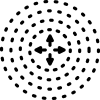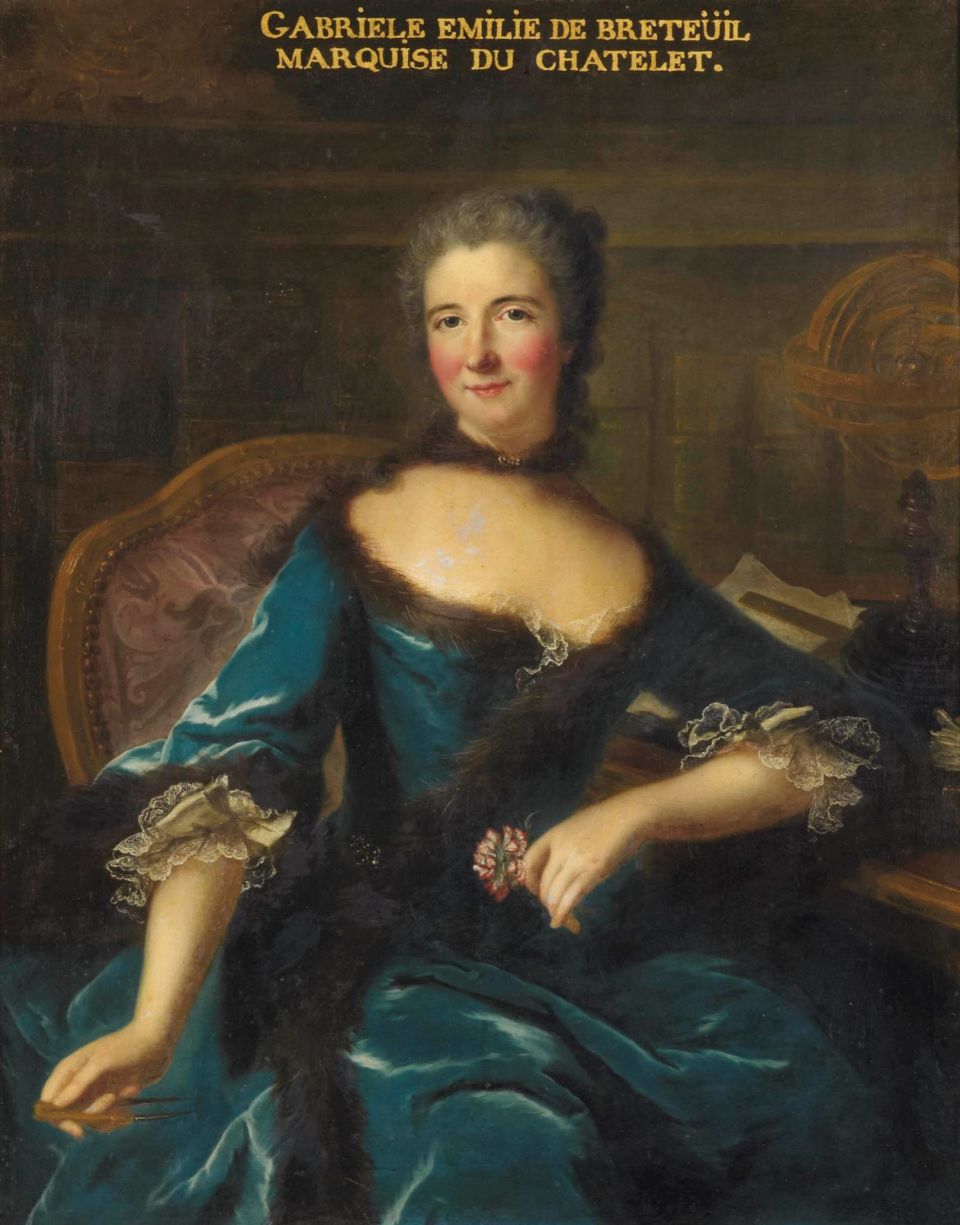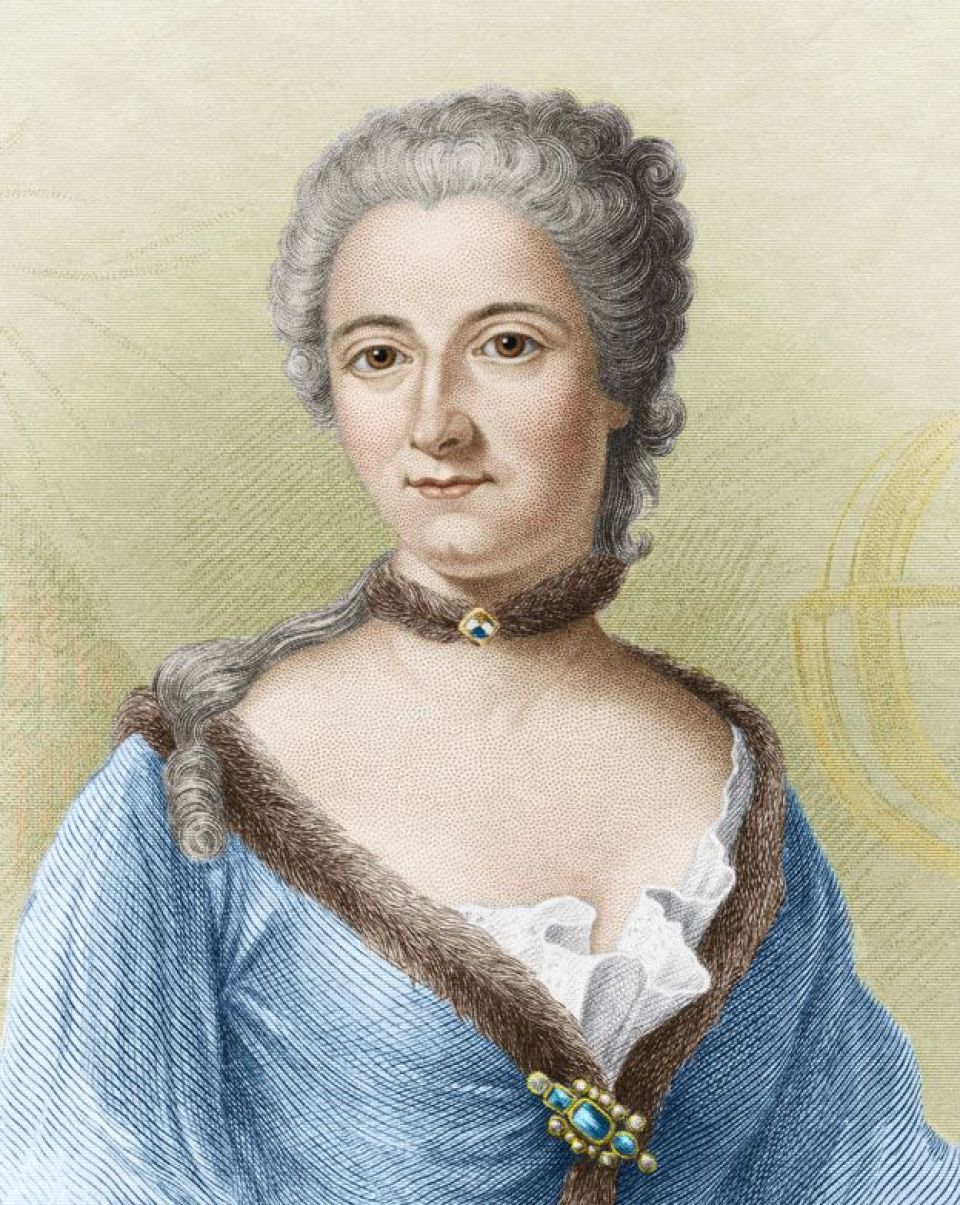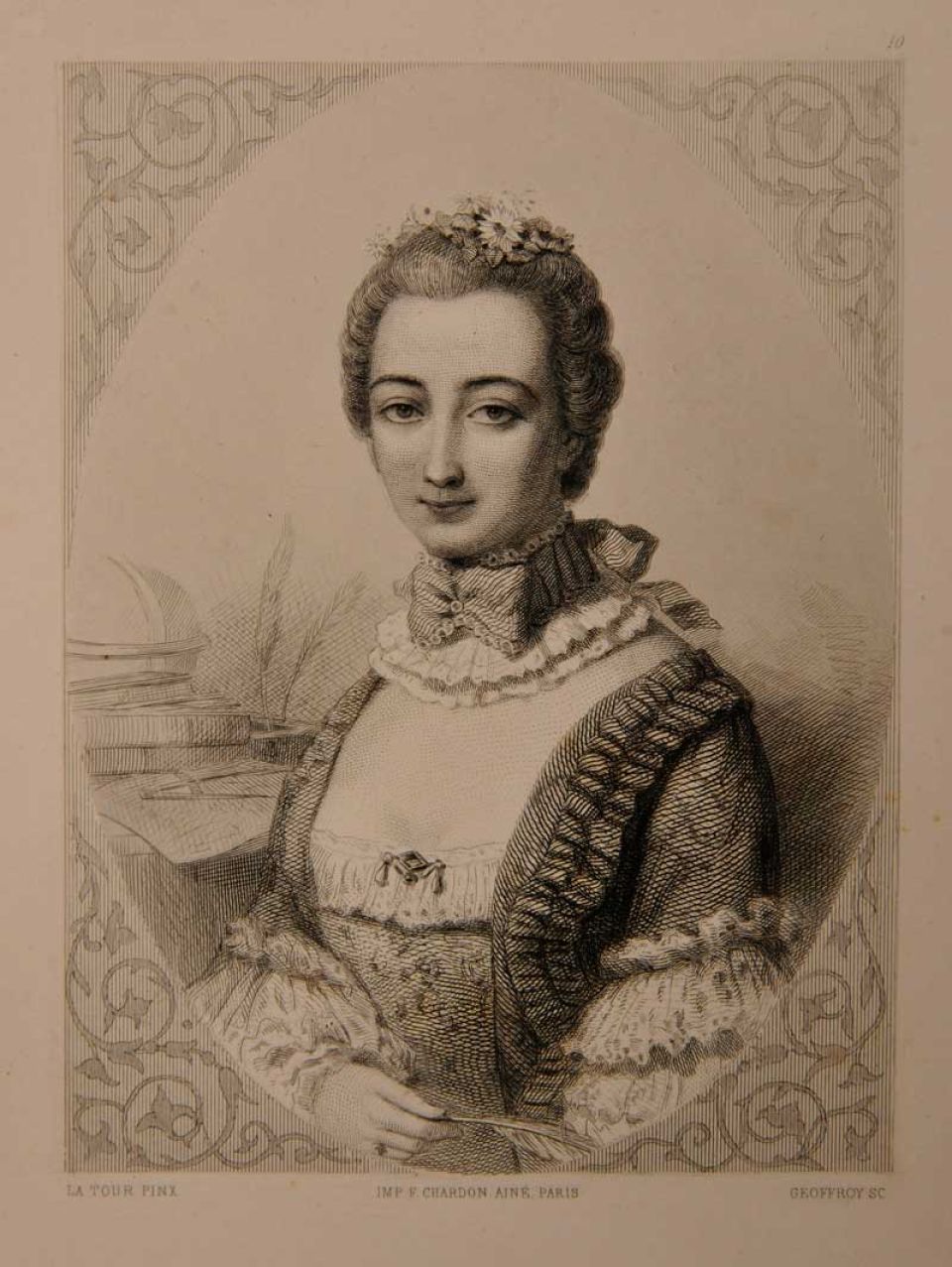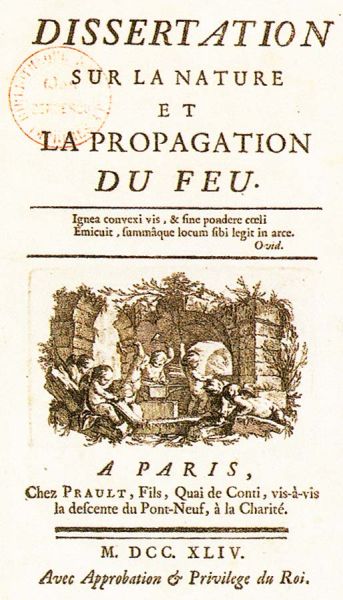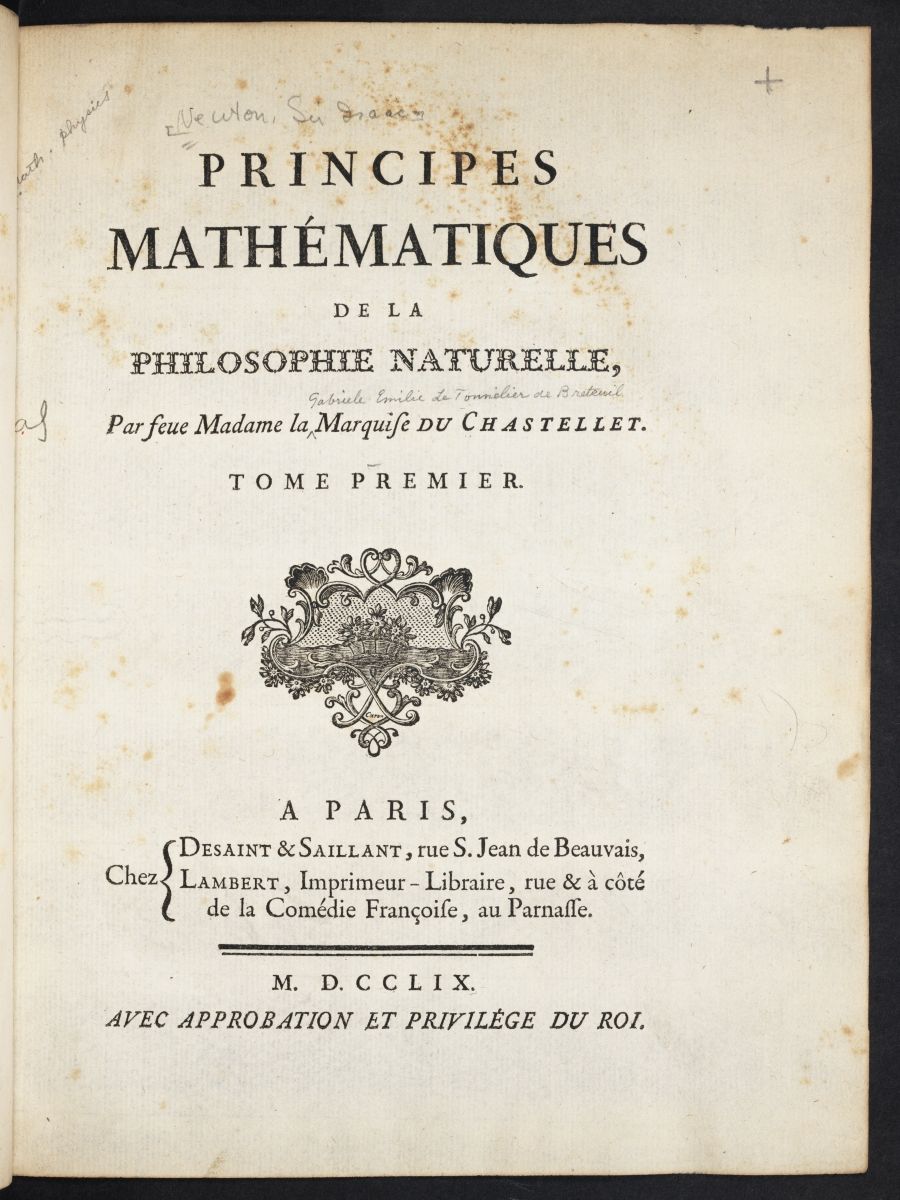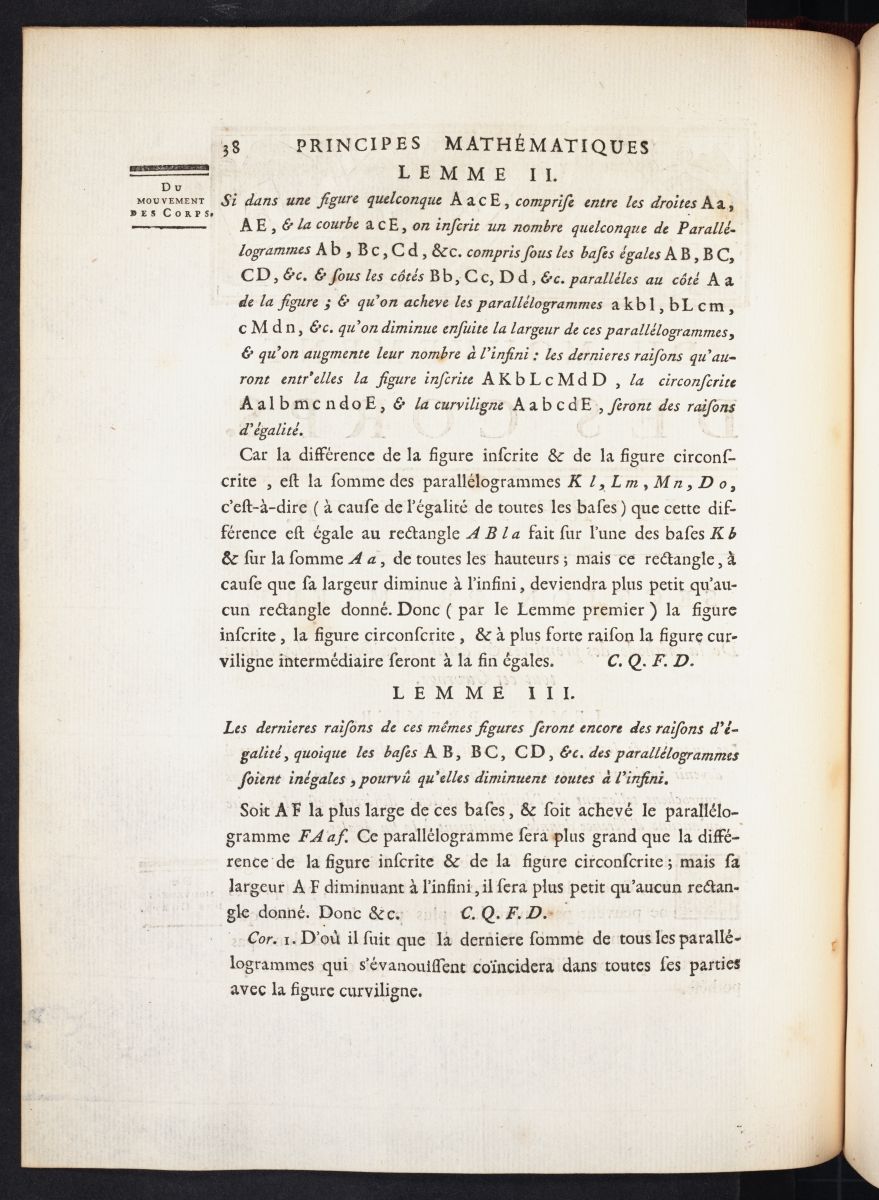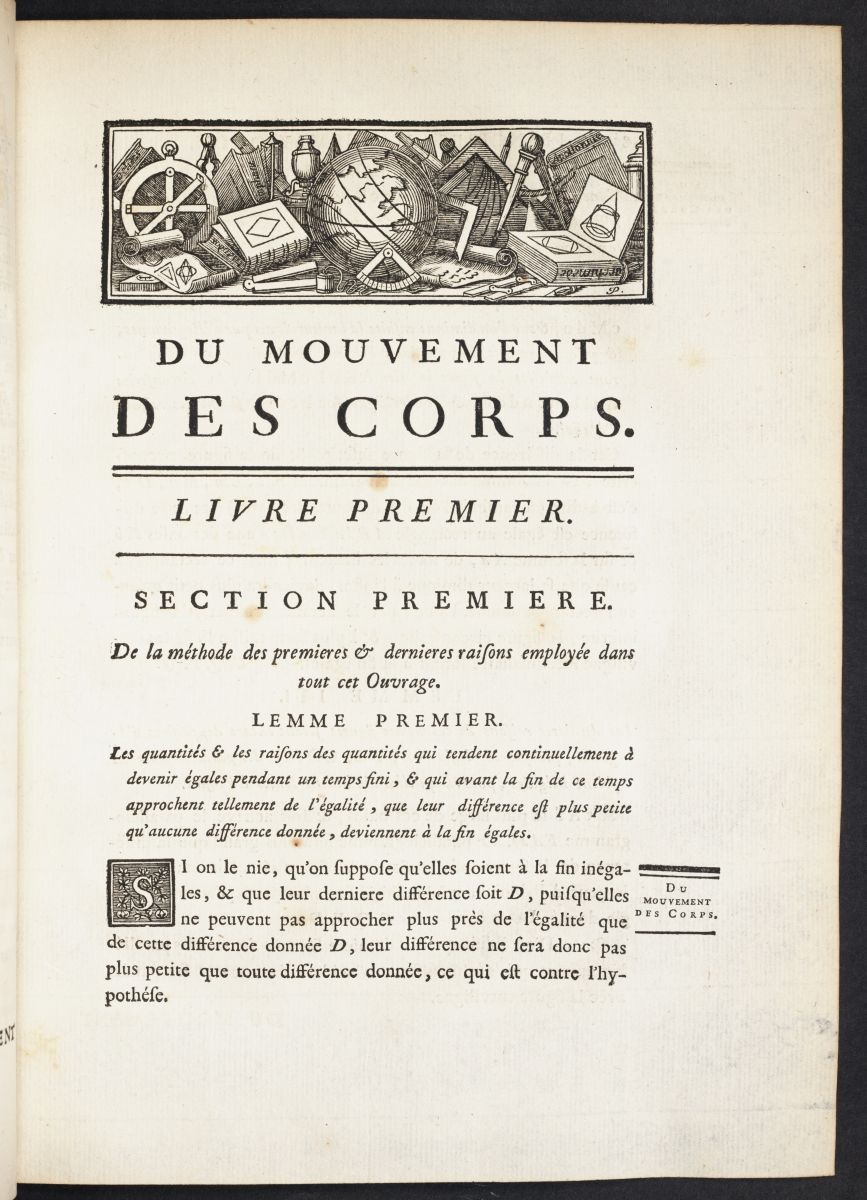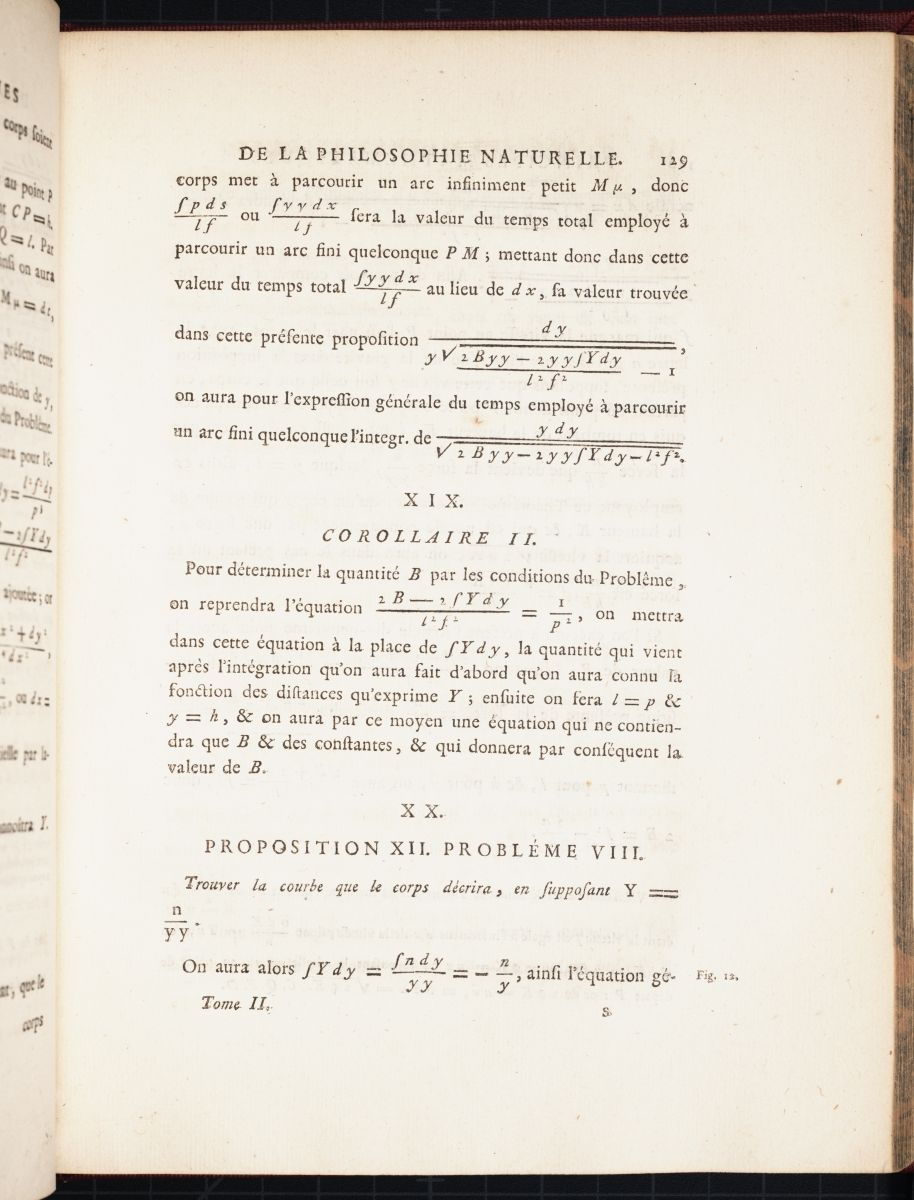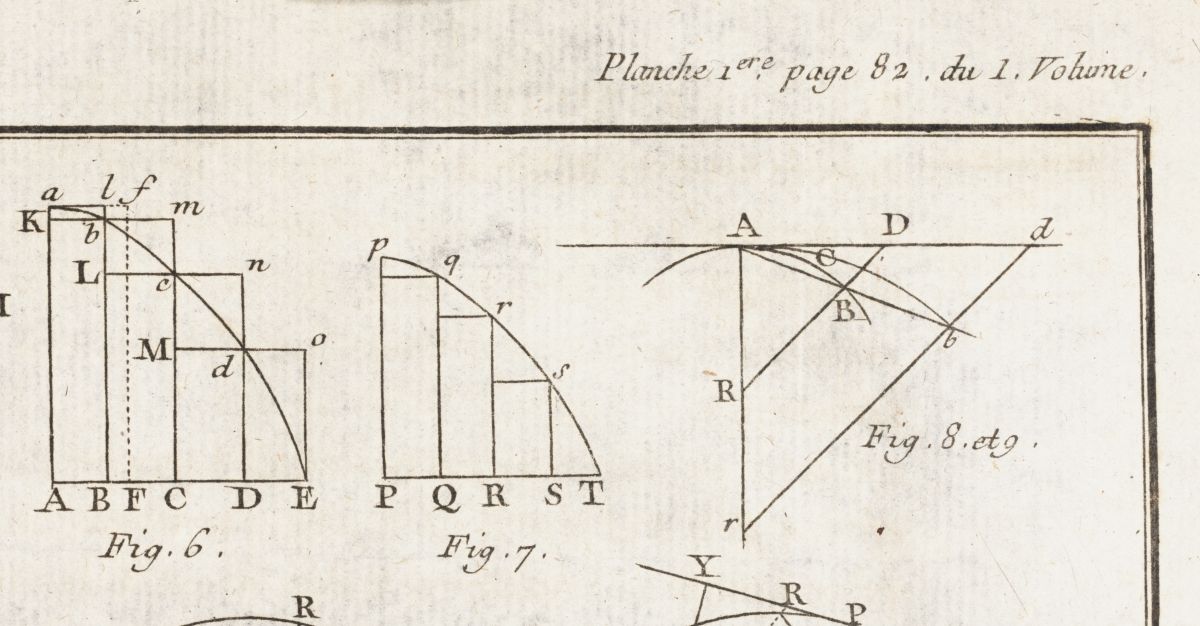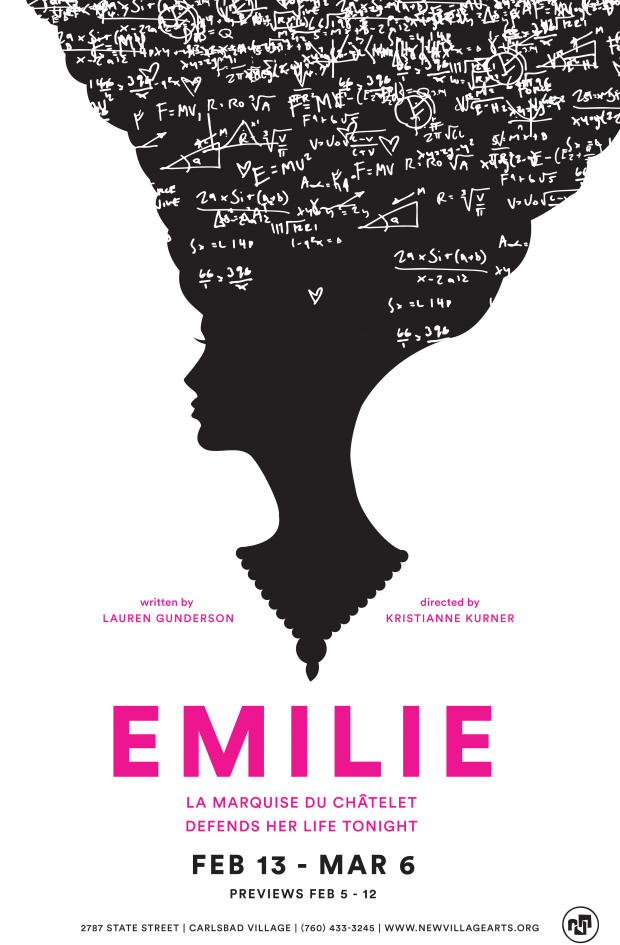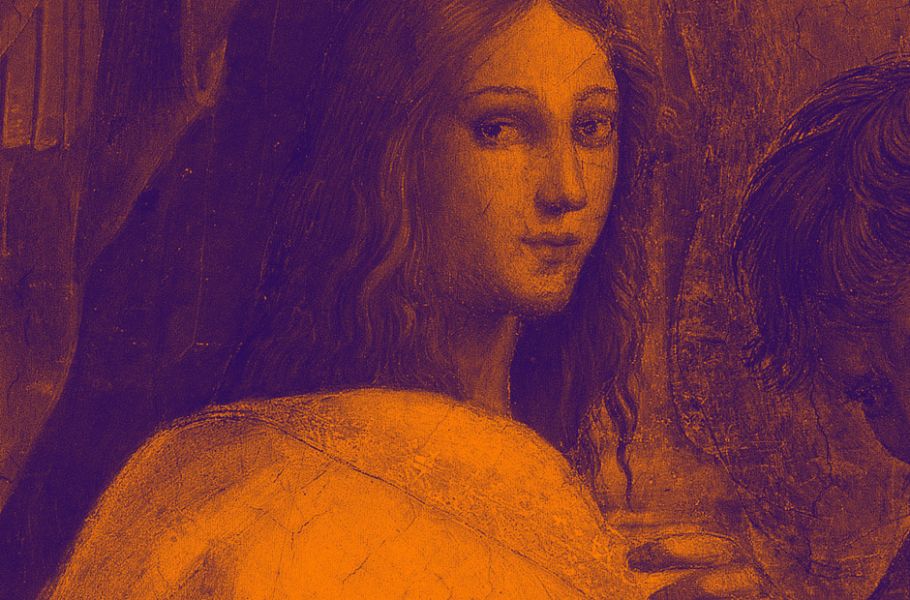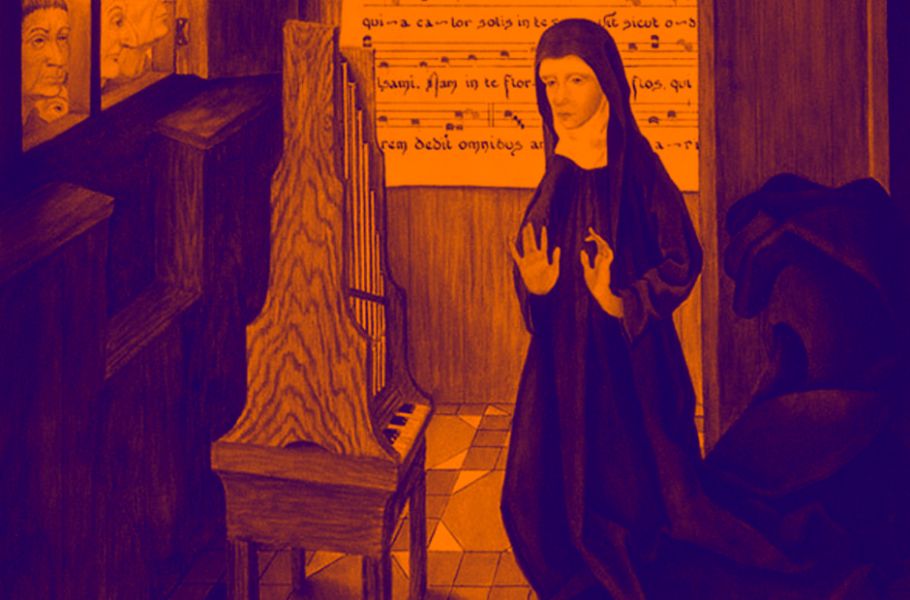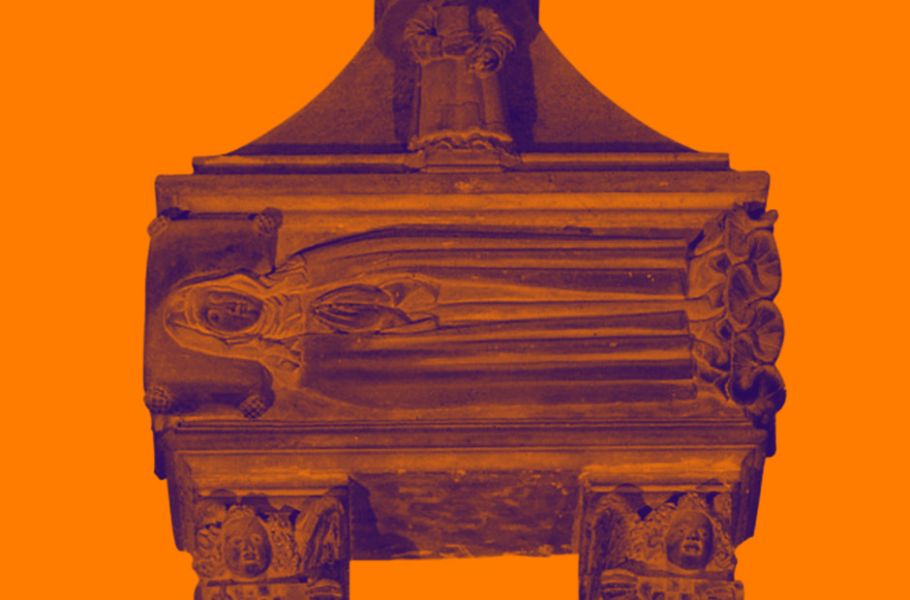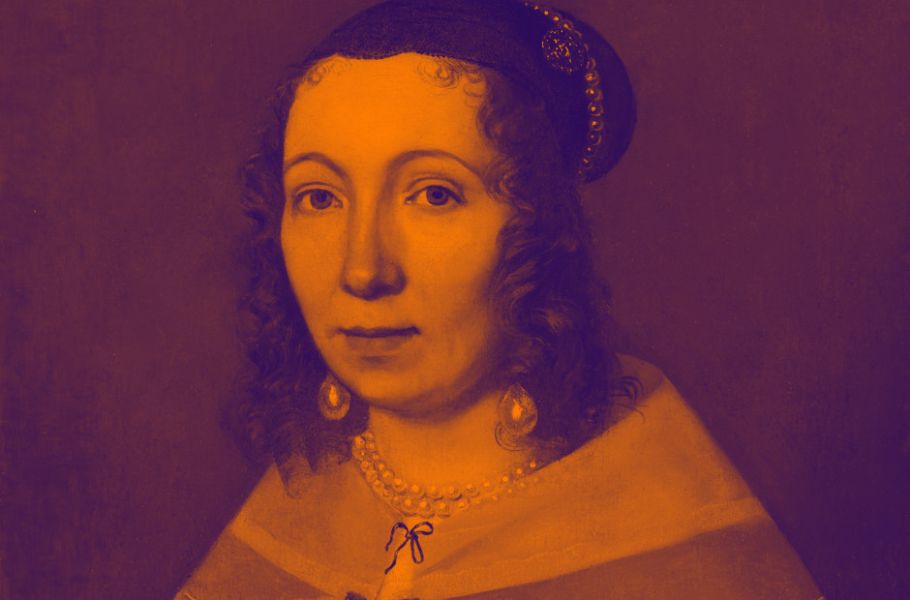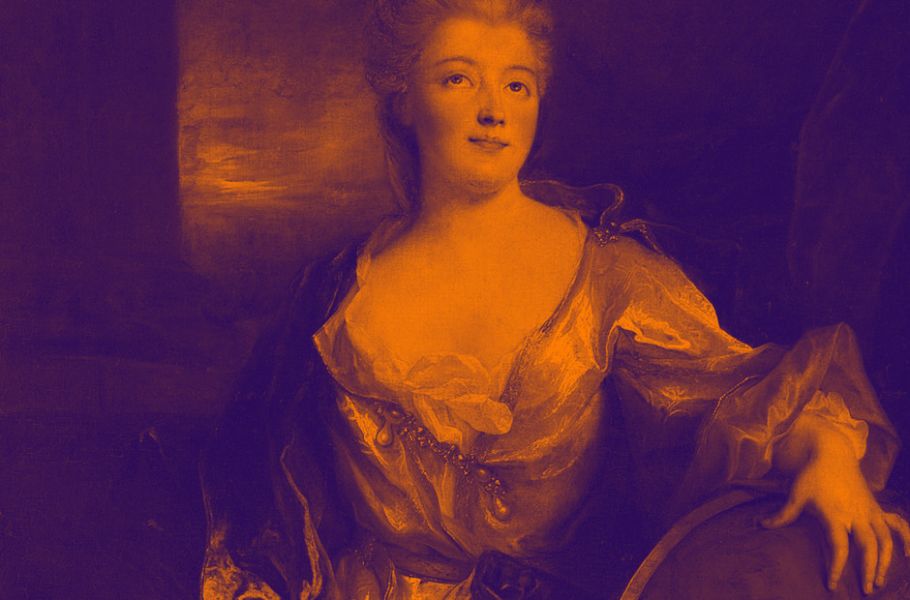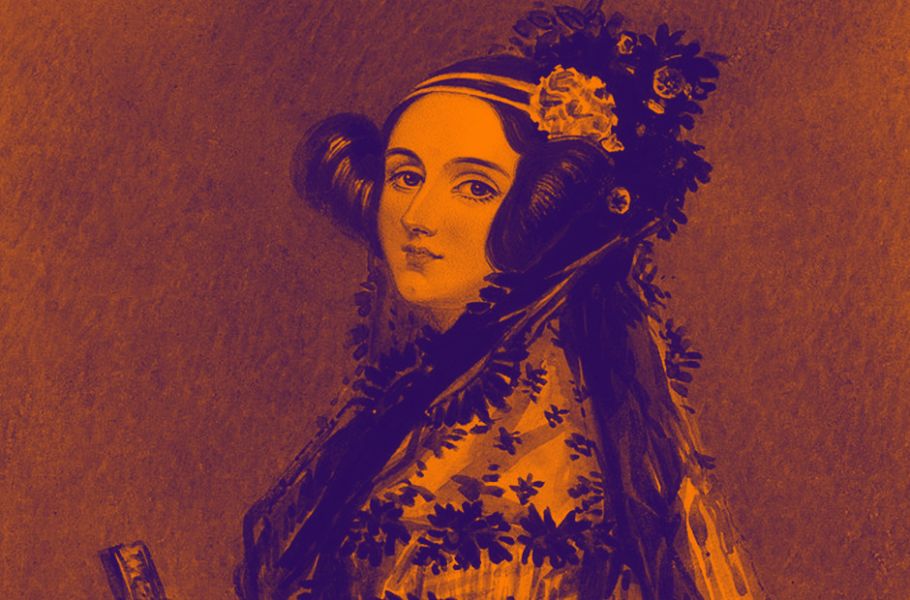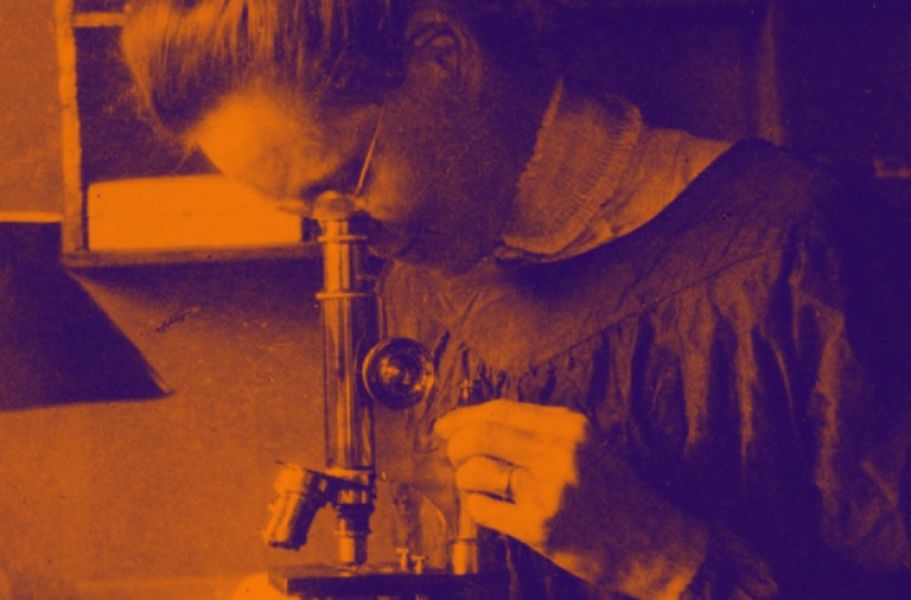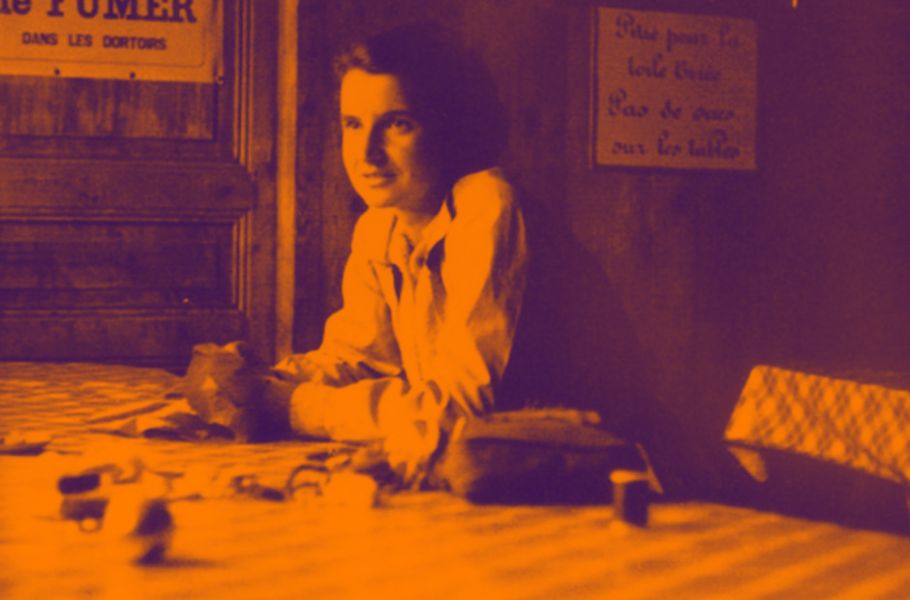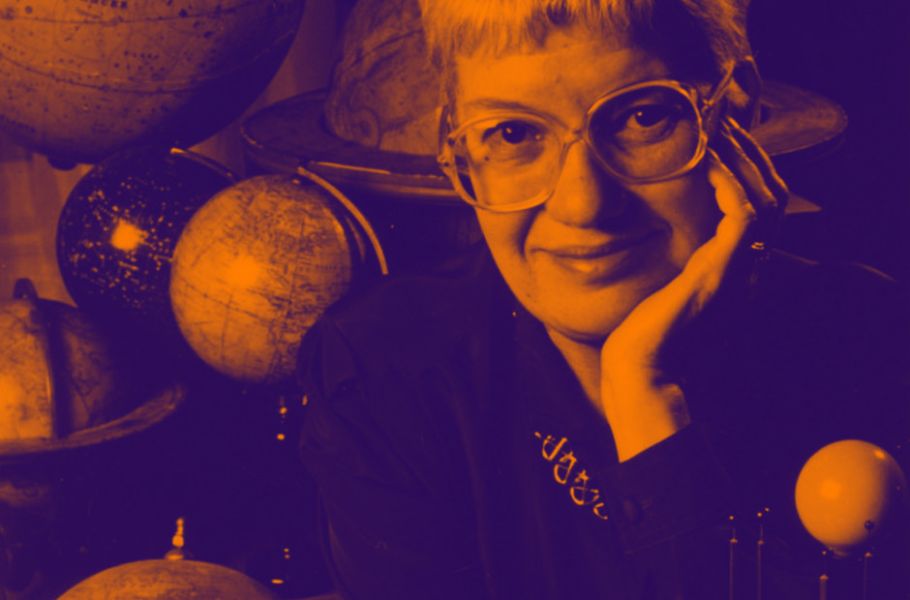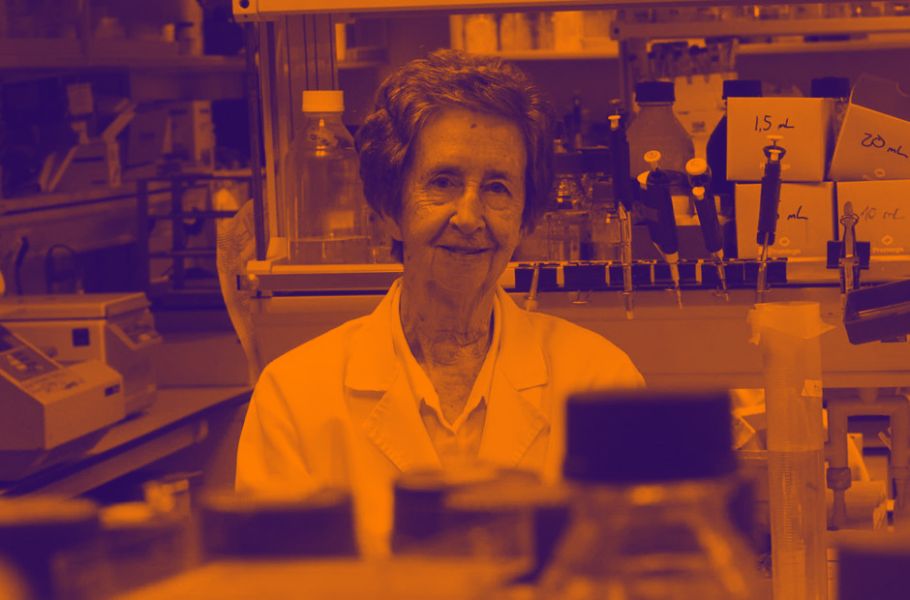Émilie du Châtelet
Paris, France
1706-1749
-
occupation
mathematics, physical, linguist, writer, Salonnière, translator and philosopher -
area
mathematician, physical philosophy i
-
nationalityFrench
-
Acknowledgments
They have been named an asteroid and a crater Venus in his honor.
The work Émilie (2008), de Kaija Saariaho, These are the last moments of the life of Mme du Châtelet.
There is also two plays based on his life: Legacy of Light, Karen and Zechariah Emilie: La Marquise du Châtelet Defends Her Life Tonight, de Lauren Gunderson.
mathematics, physical, French translator of Newton and spreading his theories
It was a major female figures of the eighteenth century: mathematical, Physical and writer; Gabrielle Émilie was the first woman to publish at the Académie Royal des Sciences. His work “Dissertation on the nature and spread of fire” was based on the study of that later would be called “infrared radiation”.
The Paris Academy of Sciences was born in 1666 i, although its rules do not expressly prohibit the entry of women, the reality is that Emilie du Chatelet was not admitted despite their contribution to the spread of Newtonian physics (still in 1911 Marie Curie’s entry into it was vetoed. At the Berlin Academy of Sciences, founded 1700, the first women were admitted in physical Lise Meitner 1949 i Joliot-Curie 1950)
I am convinced that most women ignore their talents or default of their education, or buried by prejudice or lack of value. what I have experienced in this review confirms me. Coincidence introduced me to people of letters who became my friend. I watched with great surprise that I was paying attention. Then I began to believe it was a thinking creature …
FREQUENTLY ASKED QUESTIONS
Émilie's debut as a writer was 1736 with the prologue she made to Bernard Mandeville’s The Fable of the Bees, which she herself translated.
He 1737, va publicar l'obra Dissertation on the nature and propagation of fire, based on his research of fire, predicted that what today is known as infrared radiation and the nature of light.
Her book Institutions de Physique released 1740 and was presented as a review of the new scientific and philosophical ideas his son had to study, but it incorporated and attempted to reconcile complex ideas of the leading thinkers of the time. In this work, combined the theories of Gottfried Leibniz and the practical observations of Willem Jacob’s Gravesande to show that the energy of a moving object is proportional to its mass and the square of its velocity. (E ~ mv2), and not directly proportional as Isaac Newton thought, Voltaire and others.
When Albert Einstein revealed his famous equation of the energy of matter E = mc2 (where c represents the speed of light), it corresponded perfectly with the principle recognized by Émilie du Châtelet 150 years ago. With the publication of this work he was appointed a member of the Bologna Academy of Sciences..
Years later he wrote the Discourse on Happiness, autobiographical work that was not published until the year 1779, where women spoke again, among other things.
In the year of his death he completed the work recognized as his most important milestone in which he had begun to work the 1736: translation into French, Own a comment, Mathematical Principles of the NEWTON, extracting from the principles of mechanics postulated by Newton a notion of conservation of energy. The edition was accompanied by an extensive introduction that made it more understandable and mathematical appendices where he solved the differential equations proposed by Newton., after reviewing them with mathematician Alexis Claude Clairaut. This translation is still the standard translation of the work into French.
Du Châtelet and Voltaire had met each other as children in one of their father's salons, Voltaire himself recalled his meeting dates 1729, when he returned from exile in London. However, their friendship really began in May 1733, in their reintegration into society after the birth of her third child.
Du Châtelet was invited to a live house in Cirey-sur-Blaise, in Haute-Marne, northeast France, and became her companion long. There he studied physics and mathematics and published scientific articles and translations.
In May 1748, Du Châtelet began an affair with the poet Jean François de Saint-Lambert and became pregnant. In a letter to a friend, he confided his fears that she would not survive the pregnancy. On the night 3 September 1749, gave birth to a daughter, Stanislaus Adelaide, but Du Châtelet died a week after a pulmonary embolism at the age of 42 years. His daughter died about eighteen months later.
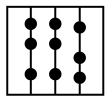
Mathematics

Physical

Linguist

writer

Salonnière

Transcriptions
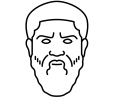
philosopher
